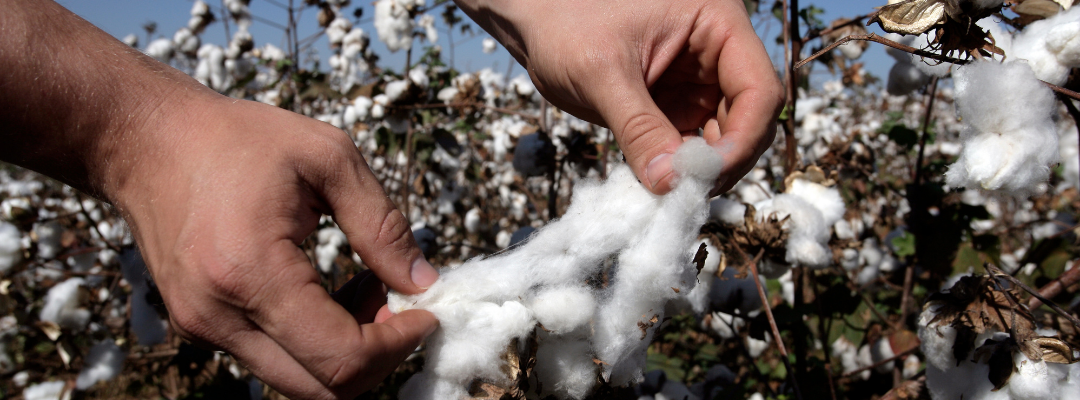The Land Grant University System has a historic tradition of the combined missions of teaching, research, and extension. In fact, Southern Ag Today was born out of a collaboration of Extension Economists across the Southern region. The Old Rotation at Auburn, is a great example of Land Grant history and continued relevance. As cited from the National Register of Historic Places, January 14, 1988:
The Old Rotation.
Established in 1896 by Professor J.F. Duggar, the Old Rotation at Auburn University is:
- The oldest, continuous cotton experiment in the U.S.
- The 3rd oldest continuous field crop experiment in the U.S.
- The 1st experiment to demonstrate the benefits of rotating cotton with other crops to improve yields and utilize nitrogen-restoring legumes in a cotton-production system. It continues to document the long-term effect of these rotations in the same soil.
The Old Rotation has had 128 years of cotton planted in the same soil and provides valuable insight into cover crops and crop rotation, and one of the original objectives of utilizing legume cover crops is significant today.
Table 1 shows yields from 1896 through 2023 from plot # 6 and plot # 8 (there are a total of 13 plots with different treatments). Plot # 6 has been planted to continuous cotton with no additional Nitrogen (N) fertilizer and no cover crop. Plot # 8 was also planted in continuous cotton with no added N, but included a winter legume cover crop consisting of crimson clover and hairy vetch. The plots have otherwise been treated the same over the research period. It is also important to note that these are non-irrigated plots; there are years with very low or no yields; and the yields have increased significantly due to improved management practices and genetics.
The yield difference over the last 100 years is clear and substantial. However, the yields between 1896 and 1921 were virtually the same, so it took some time for the net benefit of the practice to accumulate. Much has changed about cotton production in 128 years, but the history of The Old Rotation suggests the reasonable conclusion that good soil and fertility management (or the lack of) is a long term game.

With more emphasis on improving soil health and reducing fertilizer costs in the Southern region, looking at long term research helps to provide solutions.
More information about the Old Rotation can be found at: https://agriculture.auburn.edu/research/cses/the-old-rotation/
Runge, Max. “Historic Research Yields Modern Solutions.” Southern Ag Today 3(47.3). November 22, 2023. Permalink

